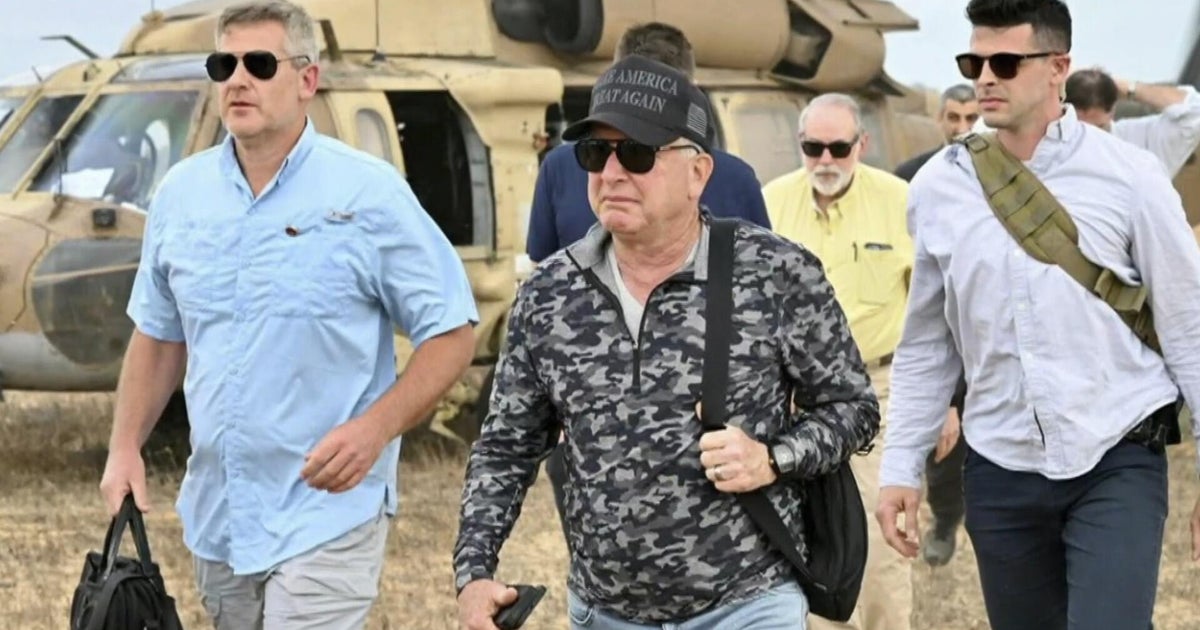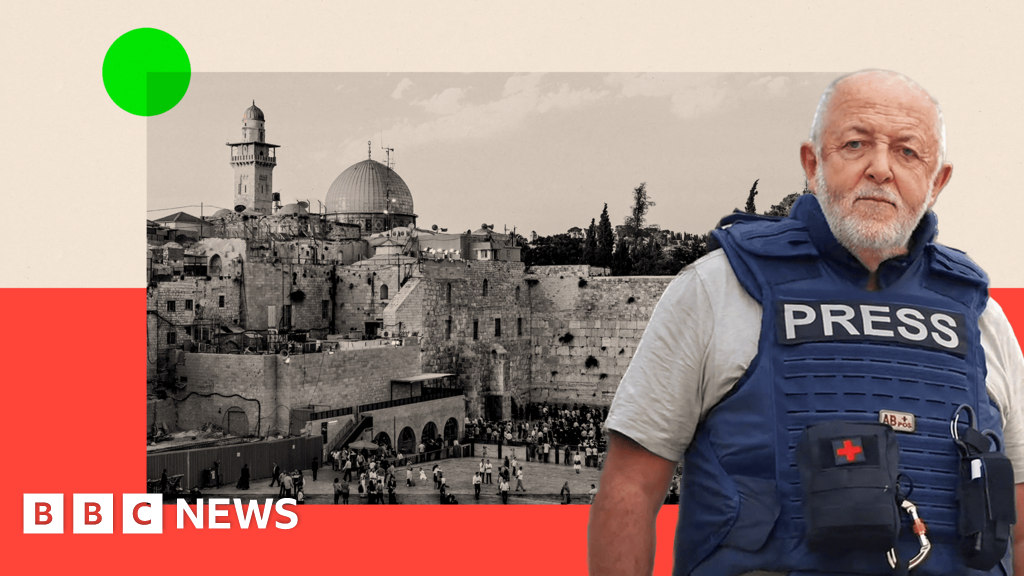
Personal belongings of inmates (Image: Anadolu via Getty Images)
Thousands perished or vanished after being imprisoned in Bashar Al-Assad's notorious "human slaughterhouse" prisons before his repressive regime in Syria was toppled.
Hellish scenes of execution parties, bodies strewn everywhere, and sadistic, indoctrinated guards defined the daily nightmare for inmates languishing in Assad's most infamous jail, where a staggering 13,000 people were put to death.
Prisoners endured barbaric treatments, forced into such tight spaces that they spiralled into psychosis from lack of oxygen, while being fed like animals from buckets.
In the grim Saydnaya Prison, one guard, Hussam, admitted to the BBC Two documentary Surviving Syria's Prisons: "When the prisoners heard my name, they would tremble. I beat them with all my strength. I showed them no mercy at all."
With the collapse of Assad's grip on power, people discovered floors cluttered with files and snapshots of prisoners, some charred in a feeble attempt to obscure the atrocities committed within these walls. Heart-wrenching footage shows families desperately rifling through the wreckage, seeking signs of their missing relatives, reports the Mirror US.

People walk inside the Saydnaya prison (Image: AFP via Getty Images)
Since seizing control in 2000, Al-Assad has ruled Syria with a bloodstained iron fist, his prisons a cornerstone of the terror underpinning his two-decade-long dictatorship. The Arab Spring in 2011 sparked hopes for enhanced human rights with protests in Tunisia but were ruthlessly extinguished in Damascus, dragging Syria into a devastating civil conflict.
Thousands were detained, including Shadi, and disappeared into clandestine cells where they faced harrowing torture until confessions were wrung out of them, often falsely obtained.
The second occasion saw Shadi and his brother snatched up and taken to the infamous Air Force Intelligence branch in Harasta. At that hellish site, the then second-in-command, Colonel Zain, chillingly said: "The place I worked in was very famous for its bloody practices and the number of detainees held there. We would pack 400 detainees in a room that was eight by ten metres.

Teams investigate allegations of a secret compartment (Image: Anadolu via Getty Images)
"You wouldn't set eyes on the floor when you entered; bodies of detainees blanketed it. The screams emanating from the interrogation room situated directly below my office were no secret. It was common knowledge how we conducted our interrogations."
Shadi recounted the infernal conditions: "The temperature was around 40 degrees, because it was so crowded. We saw strange cases of disease amongst prisoners, I think, due to oxygen deficiency because of overcrowding. These psychotic episodes soon turned into physical symptoms."
A grim changing room awaited inmates, where they were stripped bare before being sentenced to solitary cells for months, or even years.
Shadi demonstrated against the wall, describing the agonising hours endured in painful positions. "They'd bring a cable and suspend us like this. This is the 'Ghost Method'. They'd pull us up and we'd be on our toes - you'd last 30 minutes then you'd pass out."
Shadi revealed he and his brother were chained and tortured through ceiling pipes, recounting, "We were taken there and hung by our handcuffs from the pipes. It was unbearable - for almost 72 hours, three days, in the same position, without food or drink.
"We were tortured for hours, and stopped keeping track of time," Hadi shared, adding that crying only led to more severe beatings: "If someone cried during a beating, the beating would get worse."
Invalid email
We use your sign-up to provide content in ways you've consented to and to improve our understanding of you. This may include adverts from us and 3rd parties based on our understanding. You can unsubscribe at any time. Read our Privacy Policy

After the regime was over (Image: AFP via Getty Images)
Amnesty International reports that as many as 13,000 prisoners may have been executed in just the first four years of the civil war.
Hussam, formerly a military policeman, confessed, "Our superiors would say, 'Torture them, don't let them sleep at night. Throw them a party... put them in a grave if you want to, bury them alive'."
Recalling the execution rituals, Hussam explained: "When they'd call me to go and torture them, the prisoners would go back to their cells bloody and exhausted. On Wednesday mornings, we'd have an 'execution party. Our role during executions was to place the rope on the prisoner - only an officer could push the chair."

Syrians search and inspect Sednaya Prison (Image: Getty Images)
Describing a horror incident, he said, "One time, the chair was pushed, but after 22 minutes he didn't die. So I grabbed him and pulled him downwards until another guard stepped in."
The victim's last words haunted Hussam: "One time, the chair was pushed, but after 22 minutes he didn't die. So I grabbed him and pulled him downwards, so another guard who was bigger and stronger said, 'go I will do it.' Before he died he said one thing: 'I'm going to tell God what you did'."
Kamal, an army nurse, described the horrific condition of the victims: "Most of the bodies suffered acute weight loss, resembling a skeleton," and elaborated on the widespread neglect and evidence of torture, saying, "Most of them suffered from skin lesions and rashes due to lack of hygiene - and most of them had torture marks."

People inspect a mechanical press at the Saydnaya prison (Image: AFP via Getty Images)
He said: "It was forbidden to record the cause of death as torture.
"Even those killed from gunshots were recorded as heart and respiratory failure."
Mass graves became the grim answer to the overwhelming number of corpses, with at least 130 burial sites discovered across Syria, casting a bleak outlook on identifying the countless victims discarded within them.

 1 month ago
16
1 month ago
16








![35-year-old American moved to Chengdu and lives on $30,000 a year: '[It's] poverty in America, but in China I'm living large'](https://image.cnbcfm.com/api/v1/image/108167583-1751548516689-chinacelia1.jpg?v=1751549197&w=1920&h=1080)

 English (US) ·
English (US) ·